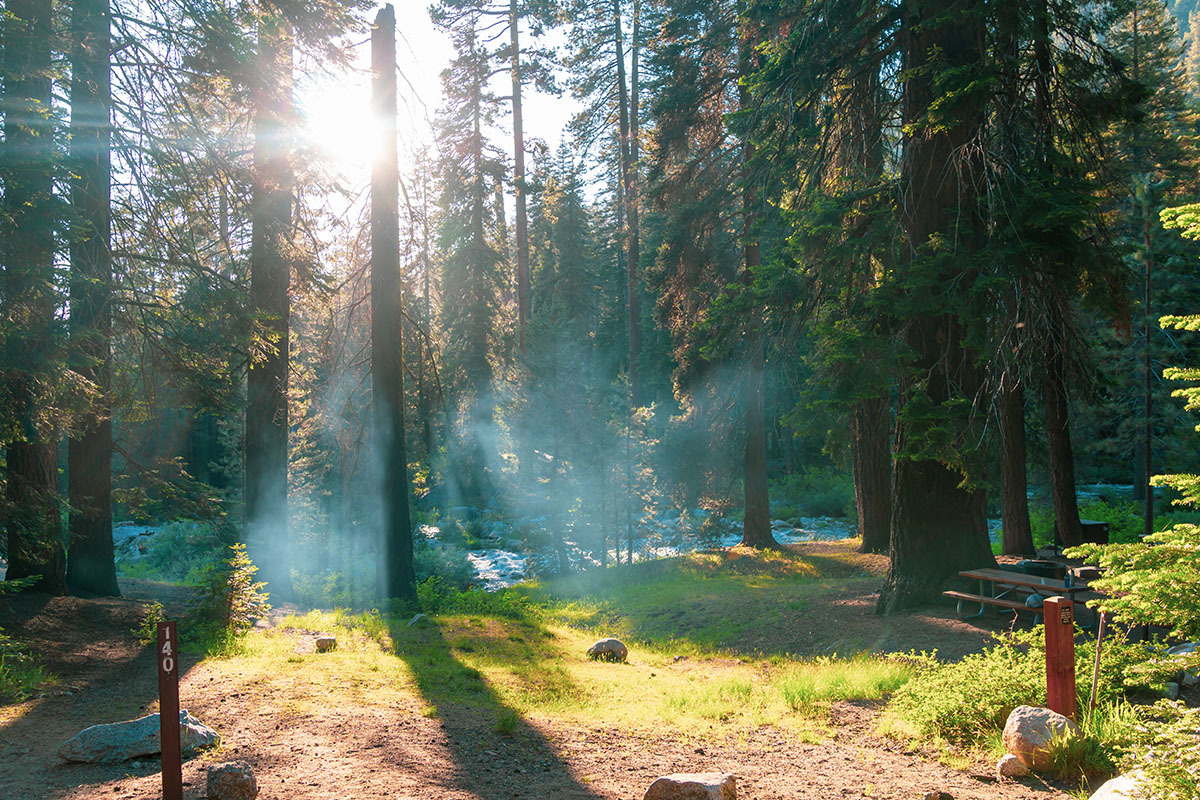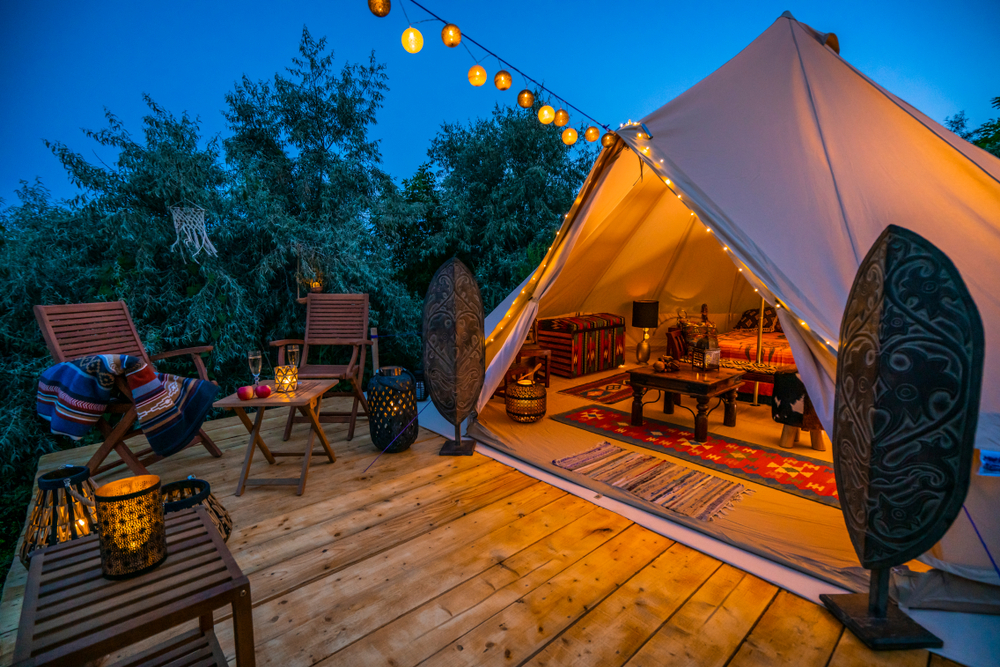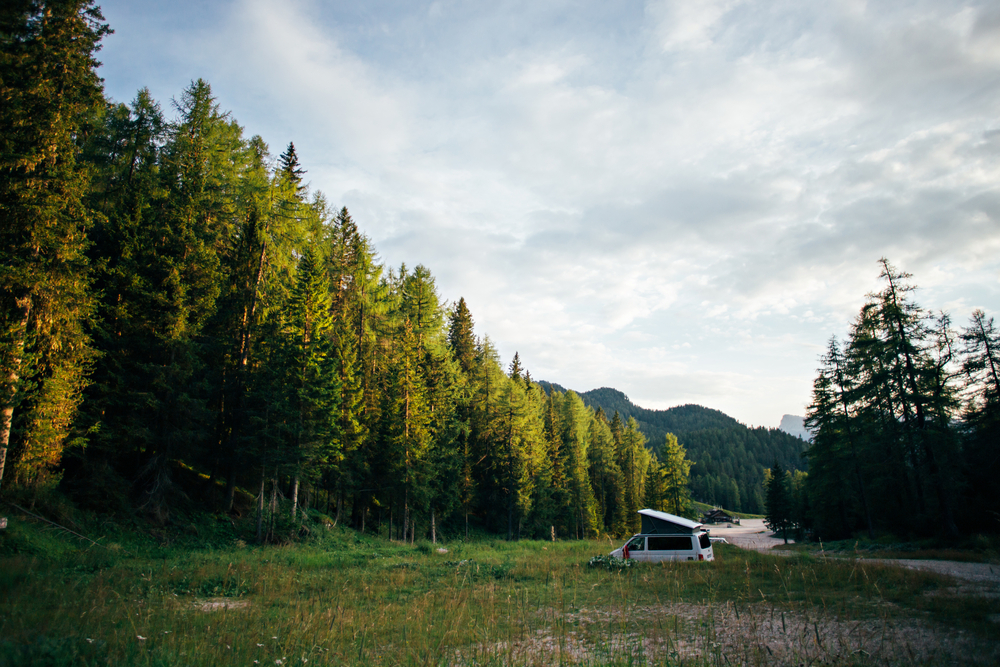Exploring Olympic National Park
- Written by
- On Wednesday, September 21, 2022
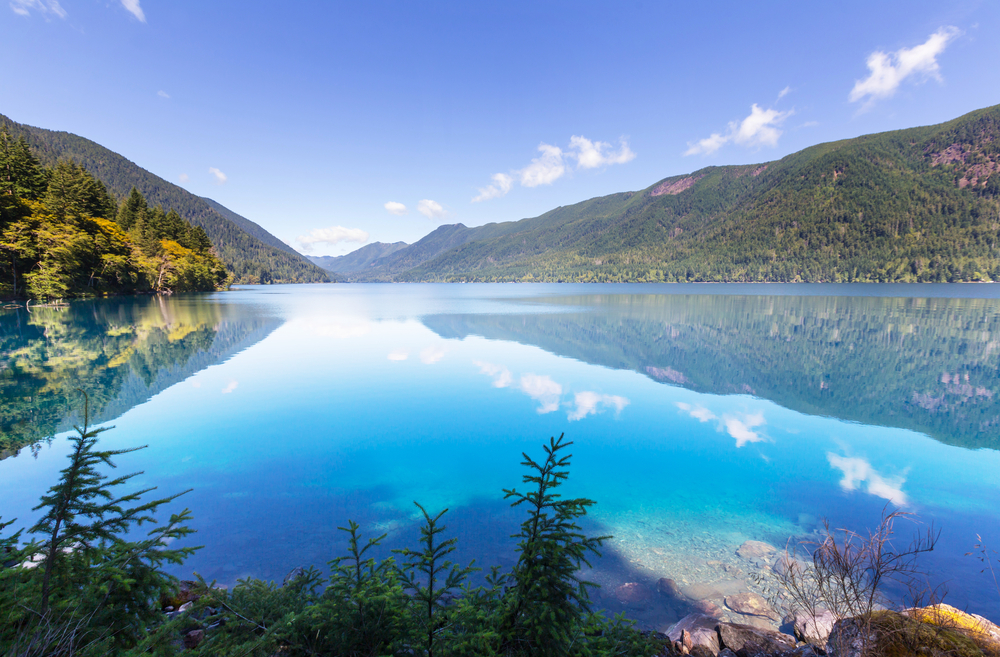
Park: Olympic National Park
State: Washington
Year Established: 1938
Acres: 922,700
Annual Visitors: 3.245 Million
Entrance Fee: $15 - $200
With nearly a million acres to explore on the Olympic peninsula in Washington, Olympic National Park has a vast and diverse wilderness to offer, with several uniquely different ecosystems including wild coastline, lush moss-covered rainforests, and snow capped mountains.
Encompassing thousands of years of human history, you'll also find several different cultural and historic sites woven throughout the park area, with over 650 archeological sites that show the development of the area.
If you love the Pacific Northwest and the natural beauty of national parks, then Olympic National Park is a must-visit! Read on for how to plan for your trip.
Things to do in Olympic National Park
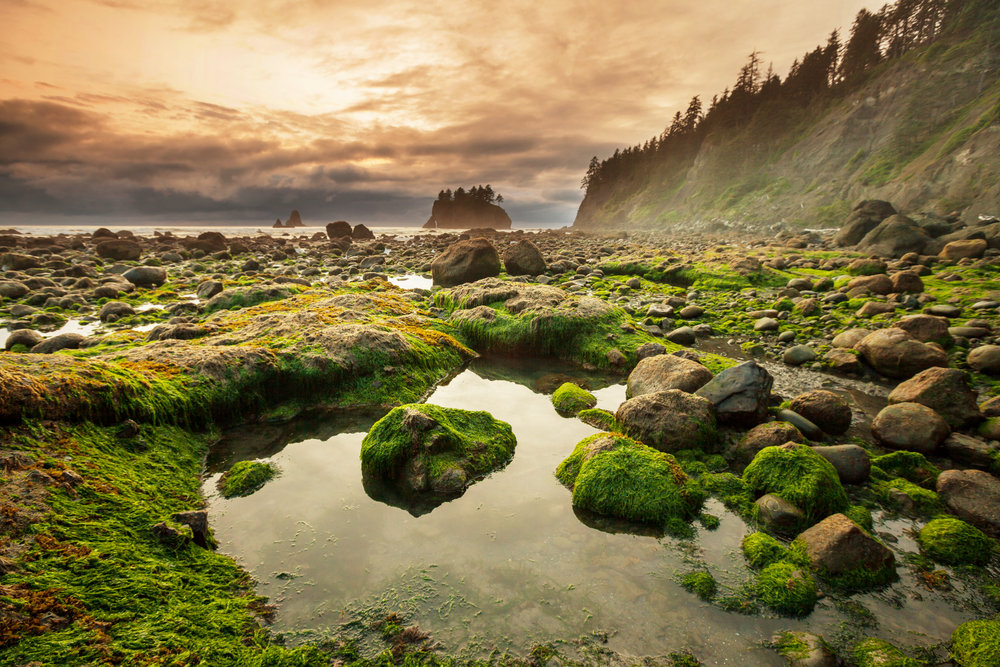
With so many distinctly different ecosystems, there is a vast range of activities to enjoy within Olympic National Park. Not only can you camp and go hiking within the park, you can also go fishing, boating, and tidepooling along the coastline.
The most popular tidepools to visit inside the park are at Kaloloch’s Beach 4, as well as Mora’s Hole-in-the-Wall. This family-friendly activity is best enjoyed in the summertime during low tides when you can catch programs led by rangers at each tidepool location.
Hiking in Olympic National Park
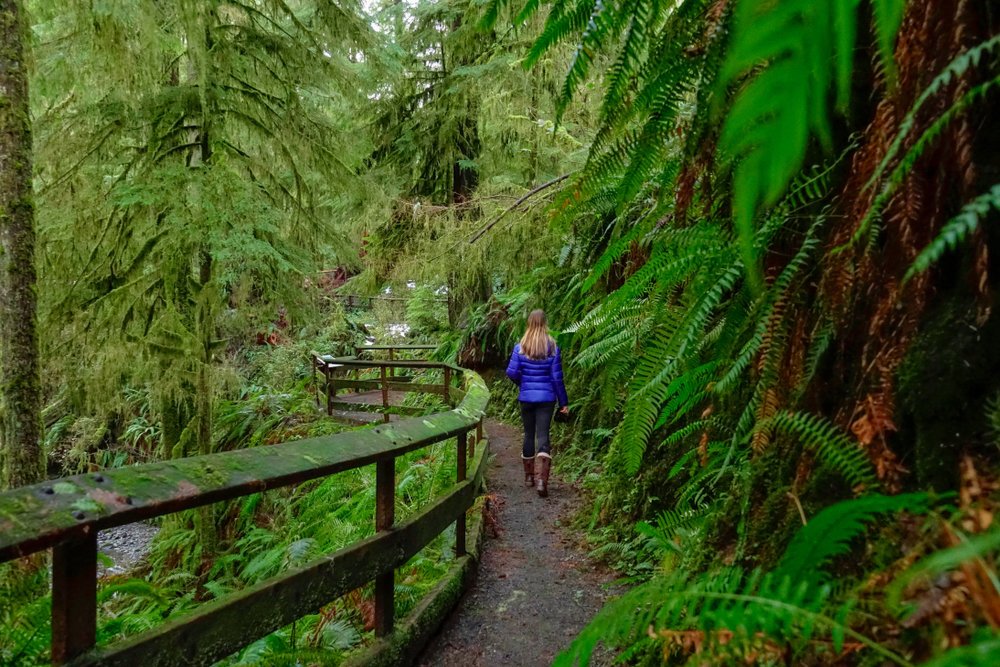
Forest: If you’re interested in a lowland forest hike and up for a challenge, Mount Storm King is a great choice. Listed by Alltrails as the #1 top hike in Olympic National Park, the 4.1 mile out-and-back trail is a challenge with rock scrambling, inclines, and stunning heights.
Mountain: If you want a mountain hike, try Hurricane Hill via Hurricane Ridge. The first .5 miles are wheelchair accessible and the entire hike is paved offering panoramic views surrounded by wildflowers.
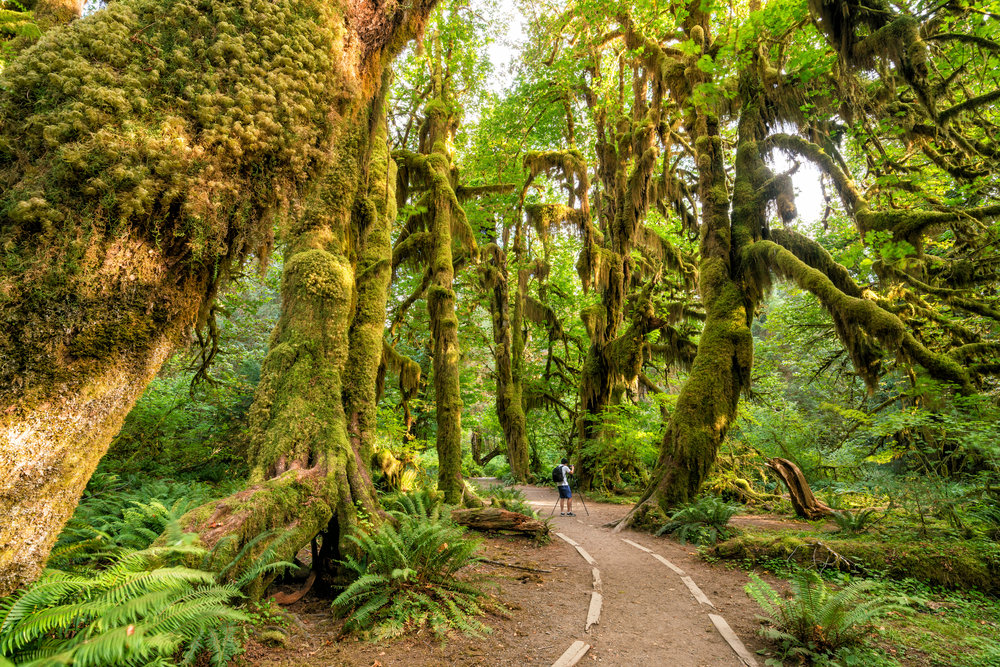
Rainforest: Finally, if you’re looking to experience a rainforest hike, try Hall of Mosses Trail. Located within the Hoh Rain Forest, this lush family-friendly hike is dripping with mosses and stunning landscape. The towering evergreen giants and moss-covered maples create a magical fairyland.
Recommended Read: This Gear Will Help You Crush Your Hiking Goals
Camping in Olympic National Park
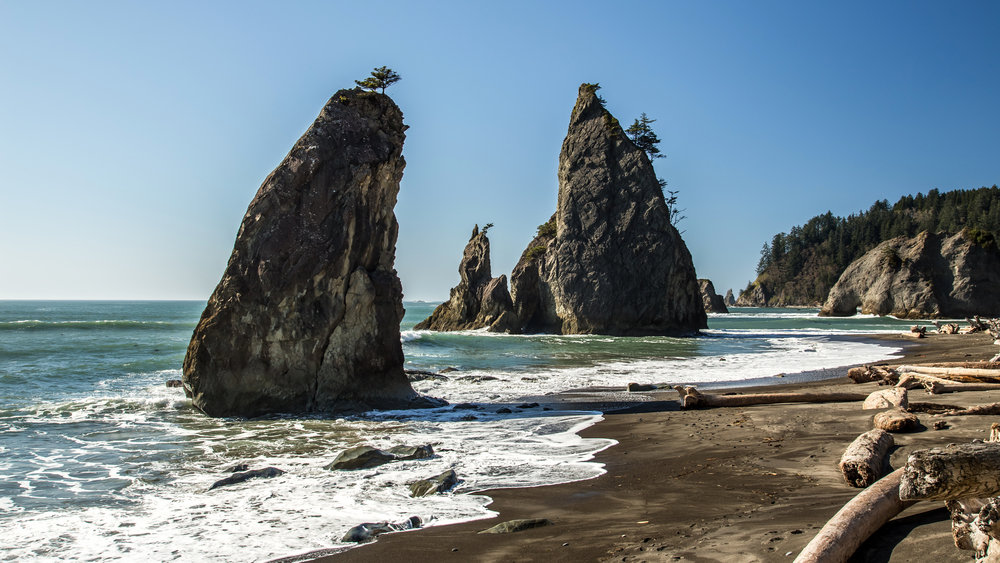
Beach: Beachside camping includes Kalaloch, Mora, and South Beach Campgrounds. Rainforest camp sites include Graves Creek, Heart O'the Hills, Hoh, and North Fork Campgrounds.
Mountain: Mountain campgrounds include Deer Park, Dosewallips (which is first come first served), Fairholme next to Lake Crescent, Ozette next to Lake Ozette, Queets near the Queets River, and Staircase near the Skokomish River.
If you’re interested in making reservations, stick to Fariholme, Kalaloch, Mora and Hoh Rain Forest. You can also check out Sol Duc Hot Springs Resort or Log Cabin which are combination RV Park and tent campgrounds. Sol Duc and Kaloch are best for big groups of 10 or more campers, and pets are permitted but must be on leash.
If you’re not up for camping and want a more comfortable visit to Olympic National Park, we suggest booking this glamping experience at Eagles Perch over the Water.
When to visit Olympic National Park
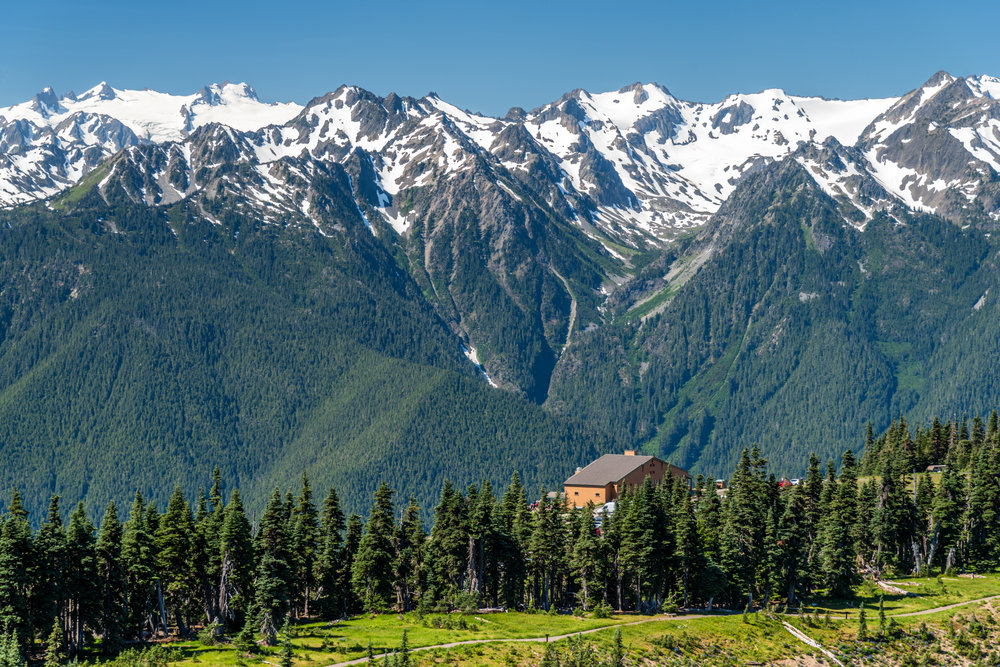
Summer
The absolute best time to visit Olympic National Park is from July to August when the weather is warm, all roads and facilities are open, and the beaches can be fully enjoyed. Rain is always a possibility, even during the summer months, however temperatures are always right around 60 and 70 degrees.
Whether you’re exploring the foggy beaches or wet rainforests, your summer visit will be a blast!
Winter and Spring
During the winter months you can enjoy snow sports like snowshoeing through Hurricane Ridge. However, from October to May some of the campgrounds are closed along with a few visitor facilities. The most rainfall happens between November and April with an average of 100 to 140 inches in the park’s rainforests and coastal areas. In the lower elevations temperatures can dip below freezing so be sure to come prepared.
The weather is prime for avalanches during the winter, so check the forecast with the Northwest Avalanche Center if you plan to visit during that time.
No matter when you visit, remember to check the weather before you leave because it can change quickly!
For another dose of adventure inspiration, check out all of our Stories + Articles.

